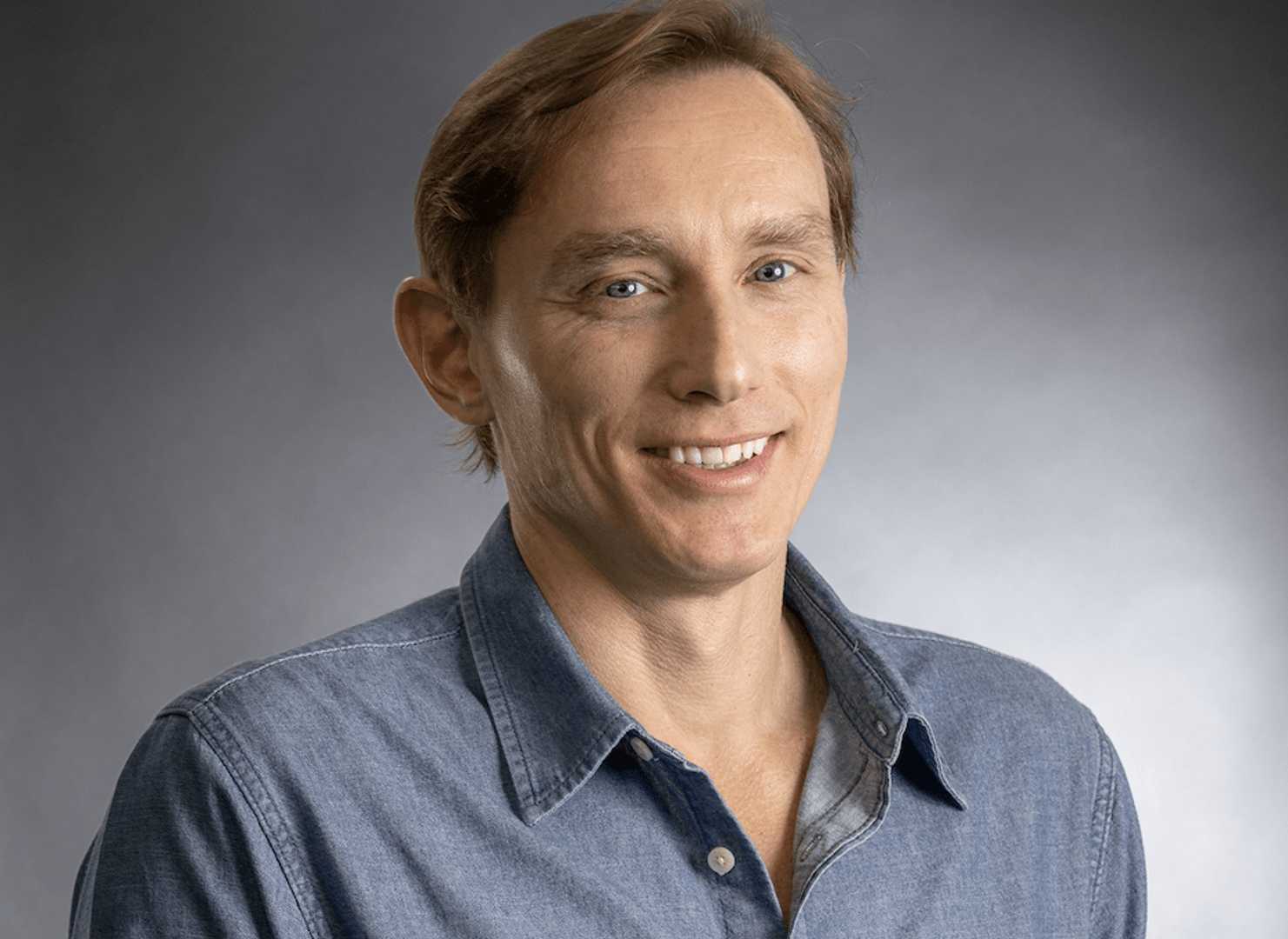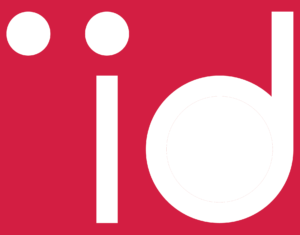I grew up in an advertising agency. My father worked as an outdoor salesman and often brought me along. Gradually, I became more familiar with the creative team than with other departments in the agency. At that time it was all paste up and letter set, a manual layout assembly process, in which creatives drew, cut, and transferred textual and graphic elements to compose an advertising piece.
One afternoon in the early 1990s,without knowing that I would later become an advertiser, I witnessed a live demonstration of Corel. It didn’t even have a version number; it was simply the initial release of the software. In a small creative bureau, in one of the rooms of a house, a friend of my father was playing with the image of a Coca-Cola pencil, deforming it in height and width, just by pulling its ends, something surreal at the time. On the same page, inside the computer screen, he made rectangles, stars and circles, changed their colors in a few seconds and erased them in one click. The word delete wasn’t even used yet. That was scary. Would this be the end of all those friends of mine who used to paste up? Could anyone now be able to create advertising materials, a work once exclusive to those who had talented hands?
Later on, when I was already working in an agency, digital cameras came along. Before that, photos were taken in chrome, with specific and costly equipment. Chrome is, or was, like a slide, like a photographic film negative but positive, with high definition and color accuracy. Once produced, the chrome was scanned and could be digitally manipulated. Given its high cost, a photo shoot typically yielded only a few select images.Sometimes just 2 or 3 for us to choose from. Digital cameras arrived, much cheaper and the image was already digitized. This made it possible for everyone to take dozens, hundreds of photos, at low cost. Would this be the end of photographers? Could anyone now produce images of high aesthetic quality?
Then came the internet. The first websites. Email marketing. Social networks that became social media when they monetized. The algorithms. Performance/communication startups. Would this be the end of great ideas, of great concepts, giving way to metrics such as impression, reach, engagement? Creativity’s days would be numbered, as the only thing that would matter were the numbers, the KPIs? Would we just need to understand how algorithms work to be successful?
Now Artificial Intelligence has arrived with everything. It is within our reach, in ChatGPT, in image editing and marketing automation software, among other applications. Will this be the end of natural intelligence? Were the Wachowskis completely right and are machines going to take over the world? Do copywriters, screenwriters, art directors, designers, planners have their days numbered? Are photographers going to become extinct again?
Malpractice and unnatural selection
I believe that all these transformations have two effects. Firstly, due to the widespread availability of technology, there has been an influx of pseudo-specialists. Corel, which is constantly pirated, has unleashed a wave of poor taste in advertising. Everyone with a PC became an advertiser. And the world has never seen so many horrible logos, depressing brochures and illegible billboards.
The same happened with digital cameras. Some companies mistakenly believed they could replace professional photographers by purchasing a camera to be piloted by an intern from any sector. We saw a deluge of poorly composed and inadequately lit images, showcasing products, places, and people from unflattering angles. Guess what happened when the internet emerged? Advertisements that communicated nothing, often designed in Corel using images taken with digital cameras operated by non-photographers, invaded the web’s advertising slots.
This leads to the second effect of these great technological transformations: selection, which is not so natural. Customers now find it much more difficult to select their partners. There are so many options that it was difficult to weigh up and choose. Those who had both eyes on the cost often fell into the trap of unprepared suppliers. However, over time, competence began to distinguish itself, making it easier to identify those who truly harnessed these tools to create value from those who merely rode the wave of opportunity without any discernment or creativity. The same is happening with AI. The trend doesn’t leave the news, social networks and podcasts. It’s probably the biggest revolution we’re going to experience. Hyperconnectivity generates unimaginable exponential analysis and possibilities. But how can we apply this to our business to generate value for customers? If everyone has access, it is the common denominator, and a series of skills will be needed to use it as a differentiator, whether looking inside the agency or looking at the results expected by our clients.
In practice, it’s just the beginning
At Ideatore, we approach AI with respect. Establishing guidelines for its moderate use, ensuring that research results mark the beginning of our work, and not the final product. We are using AI to speed up processes that would take a long time, demanding extensive resources and manpower.
Let’s look at some practical examples. When creating the name for a real estate project, we use the prompt to help us discover places in the world with the profile of our product, but we will never ask the prompt to create the name and sell this to the client as the fruit of our work. Based on this list of cities, neighborhoods and other projects, we started brainstorming meetings. In other words, AI is part of the planning, briefing, inspiration and it is based on this that the creativity of our professionals begins to work.
The client can use AI themselves to create these names. However, I understand that they place trust in the agency’s experience, sensibility, taste, and talent,and the consultancy involved in the entire process.
In another project, oursupplier employs Artificial Intelligence to modulate a 3D scenario that will be part of an institutional film. There were countless comings and goings, but countless, with a dozen qualified professionals involved, to reach the final result. Without these people helping, expressing their points of view, adding their efforts, no Artificial Intelligence would have achieved the wonderful result we achieved.
Once again the advisory role of competent professionals made a difference, using the new common denominator that is AI. It was faster, it was easier, but the talent of the people, the creativity that was impossible to simulate, raised the quality of delivery.
Just like editing software, digital cameras and the internet, AI is not an end, it is a means. For those who know how to use it, a talent accelerator, a value generator, a task facilitator. If the person only knew how to cut and paste, they probably changed careers when Corel arrived. If the photographer’s only difference was having money to buy equipment, he must have opened a restaurant or an inn on the beach and started using digital cameras to record moments with his family. If all the agency offered was creativity for creativity’s sake, an epiphany of the idea without a marketing basis, it was probably swallowed by digital.
But those who have a global view of their work and the market use these transformations to differentiate themselves. Good creatives view Corel, Photoshop, Illustrator, After Effects, InDesign as a springboard for their ideas. Many technical and temporal limits could only be overcome with this evolution of computing. For the photographer who has a unique look, a differentiated aesthetic sense, digital cameras have brought agility, security and the possibility of carrying out many more jobs per day and delivering many more images, and value, to their clients. Agencies that understood the change in measuring results and the reach brought about by digital and combined this with grounded creativity, with a marketing vision, were able to gain even more trust from their clients.
I believe in natural creativity using Artificial Intelligence to generate more value. Everyone has access to a paintbrush, but not everyone is capable of creating works of art.
*Thales Zeviani – Founding partner and head of inspiration at Ideatore Americas.

